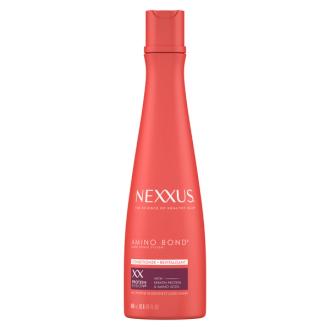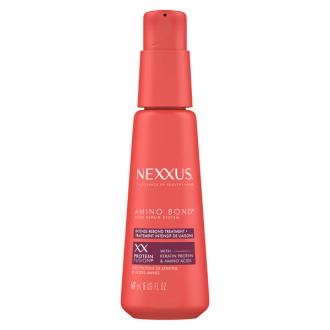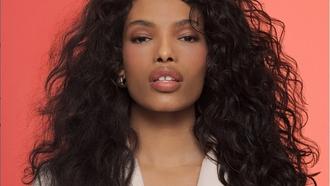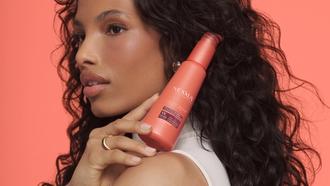What are hair bonds and why do they matter?

Bonds are an essential building block within every hair strand. When hair is in great condition with strong bonds, it looks smooth and soft. But if one part of a hair's structure is damaged, it starts a domino effect that impacts its overall health, appearance and feel. When bonds break, hair loses strength, shine and shape. The good news is, bonds can be fixed.
First, let’s take a deep dive into the science of hair bonds, to understand why these micro elements are so crucial to hair health.
What are hair bonds?
Hair is 90% keratin protein, which grows from a follicle in the dermis of the skin, and consists of three layers:
The cuticle
Consider this outer lipid layer to be the bodyguard of the hair’s core, protecting what’s inside with a series of overlapping scale-like cells. If damaged, these cells can rise up and crack, leaving the layers below at risk.
The cortex
The thickest layer is the middle cortex, which holds the pigment that gives hair its color and elasticity.
The medulla
The innermost core, which is only present in thicker hair types, is the most delicate, composed of thin transparent cells and air.
Bonds play a major role in hair’s architecture by securely fixing these protein chains together – think of them as like scaffolding, holding everything in place. There are three types of bonds: covalent (or disulphide), hydrogen and ionic (or salt).
Bonds have a lot of responsibility beyond their structural role: they contribute to our hair’s characteristics – its strength, shine and elasticity. Like our fingerprints, bonds are unique to each one of us, and we all have varying volumes of each type, which impacts how our hair behaves. For example, straightness is down to how evenly distributed covalent bonds are within your hair.
What causes bonds to break?
Many of the things we do to change the appearance of our hair work by actively breaking bonds. The reality is, damaging bonds is fairly unavoidable; of the five types of damage that can weaken or break hair bonds, many of the factors are part of everyday life, like brushing, blow drying, or being out in the sun. However, how each bond breaks is different: here’s a quick rundown:
Covalent bonds
Covalent bonds are permanent and the strongest of the three and the hardest to break. Treatments that permanently change the shape of hair – such as chemical straightening or perms – do so by breaking down covalent bonds.
Hydrogen bonds
Hydrogen bonds are temporarily broken down when hair is exposed to water and heat. They make short term changes to hair shape possible, such as straightening with flat irons or curling with tongs. Suffer from frizzy hair in humid climates? That will be down to your hydrogen bonds and the impact of moisture in the air. Nexxus’s Epic Shine Anti-Humidity Spray can be a savior for those prone to frizz when the temperature rises.
Ionic bonds
Ionic bonds are temporary bonds, which break when shifts in pH levels occur, say, if you use a product ill-suited to your hair type.
Can you fix broken hair bonds?
Think of any signs of hair damage, whether it’s brittleness, breakage, frizz of dullness, and broken bonds are likely to be the culprit. That means most of us would benefit from fixing these bonds. The Nexxus Amino Bond range, featuring Shampoo, Conditioner and Intense Rebond Treatment, uses proprietary technology and a blend of five amino acids and keratin protein to fix bonds, reduce breakage, restore elasticity, while helping to future proof hair against further damage. The results are hair that is stronger, smoother, easier to style and with less split ends.







